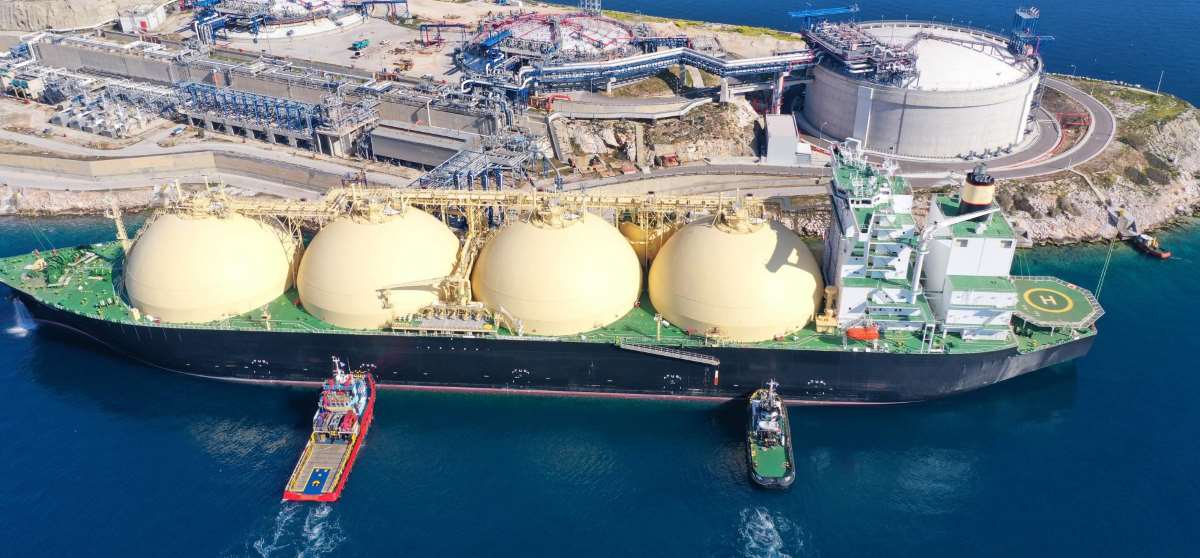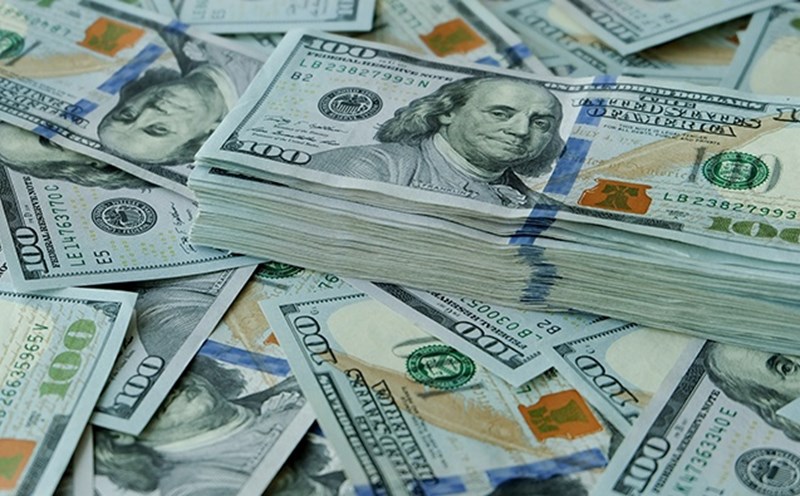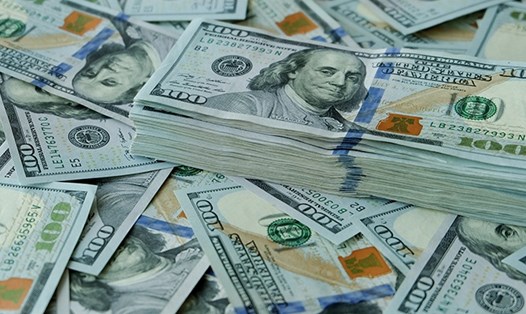In an interview with Rossiya 24, Russian Deputy Prime Minister Alexander Novak stressed that the decision on the future of gas transit depends on the consensus between the Ukrainian authorities and the European Union (EU). "From our side, Russia has always affirmed its readiness to continue gas supplies, not only via the current route through Ukraine," Novak said.
The end of the gas route through Ukraine is leaving countries like Slovakia, which heavily relies on Russian gas from Gazprom, facing the risk of energy shortages, especially as the cold winter approaches.
However, Ukrainian President Volodymyr Zelensky said that Ukraine will not allow gas deliveries from Russia without guarantees that Moscow will not profit financially while the fighting continues.
Currently, Russia continues to export gas to Europe via other routes. In addition to the route through Ukraine, gas is also transported via the TurkStream branch across the Black Sea, with a total capacity of about 15 billion cubic meters per year. Part of the gas is also transported by ship in the form of liquefied natural gas (LNG). According to Mr. Novak, Russia's total gas exports to Europe exceeded 50 billion cubic meters in the first 11 months of this year.

Notably, in September, President Vladimir Putin announced that Russia was ready to restore gas supplies through the last undamaged branch of Nord Stream 2 in the Baltic Sea after sabotage in September 2022.
Despite political pressure, Mr. Novak asserted: "Russian gas is still more attractive in terms of price and logistical feasibility for customers in the region."
However, the future of Russian gas supplies to Europe remains highly dependent on the geopolitical landscape, while gas demand in Europe is forecast to increase sharply due to cold weather and faster-than-expected declines in reserves.
Traders now face fierce competition with the Asian market to secure LNG supplies for next year, making the European energy picture more complicated than ever.










